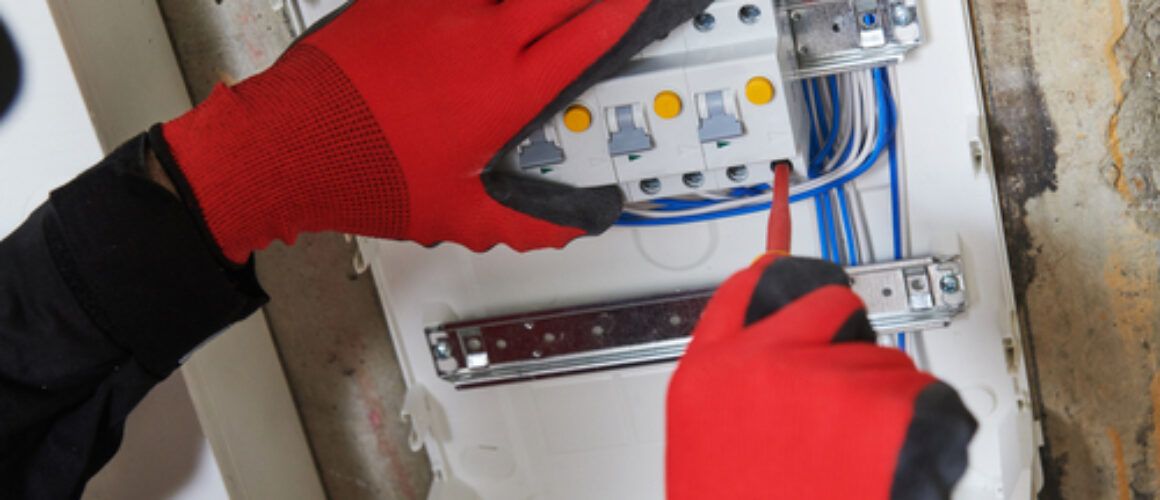Life-Saving Technology: How Residual Current Devices (RCDs) Protect You and Your Family
Electricity is an indispensable part of modern life, powering everything from household appliances to critical business equipment. However, it also poses significant safety risks, particularly from electrical faults that can lead to shocks or fires. Residual Current Devices (RCDs) are a crucial technology designed to mitigate these risks by providing a high level of protection against electric shock and the potential for electrical fires. This blog explores how RCDs work, their importance in safeguarding homes and workplaces, and why they are considered a vital component of any electrical installation.
What is an RCD?
A Residual Current Device (RCD) is a safety device that quickly breaks an electrical circuit to prevent serious harm from an ongoing electric shock. It constantly monitors the electric current flowing through one or more circuits it is protecting. If it detects electricity flowing down an unintended path, such as through a person who has touched a live part, the RCD will switch the circuit off almost instantly, significantly reducing the risk of death or serious injury.
How Do RCDs Work?
RCDs are designed to prevent injury by comparing the current flowing in the live (‘hot’) wire to the current returning in the neutral wire. Under normal circumstances, these currents are equal. However, if an electrical fault occurs—like if a live wire touches a metal case or a person comes into contact with the live part—the current will flow through the ground or the person back to the earth. This creates an imbalance in the circuit that the RCD can detect, causing it to trip and cut off the electricity swiftly.
Types of RCDs
- Fixed RCDs: These are installed within the consumer unit (fuse box) and provide protection to individual or groups of circuits. Fixed RCDs offer the highest level of protection as they protect all wiring and the sockets on a circuit, as well as connected appliances.
- Socket-Outlet RCDs: These are special socket outlets with a built-in RCD. They are useful for providing protection to specific areas where electricity is used, such as in a kitchen or bathroom.
- Portable RCDs: These plug into any standard outlet and allow you to connect any appliance into them for protection. They are particularly useful for portable outdoor equipment such as lawn mowers and power tools.
Why Install RCDs?
- Protection Against Electric Shock: RCDs provide a critical line of defence against electric shocks, significantly reducing the likelihood of fatal injuries.
- Prevention of Electrical Fires: By detecting unusual electrical currents and cutting off the power, RCDs help prevent fires caused by electrical faults.
- Compliance with Safety Regulations: Installing RCDs is often a requirement under electrical safety standards and building regulations, particularly in new homes and renovations.
Installation and Maintenance
While RCDs are highly reliable, they do require regular testing and maintenance to ensure they function correctly. Testing an RCD is straightforward and involves pressing a ‘test’ button on the device. This should be done every three to six months to confirm that the RCD can respond quickly in case of an emergency. Installation, however, should always be performed by a qualified electrician to ensure that it is done correctly and safely.
Conclusion
Residual Current Devices are a small investment in ensuring safety against the potentially devastating consequences of electrical faults. Whether you are upgrading an old building or installing new electrical systems, incorporating RCDs is essential for both compliance and peace of mind. At Electrical Discounted Supplies, we offer a range of RCDs that provide both protection and reliability. Contact us today to learn more about our products and how they can help safeguard your home or business from electrical hazards.




